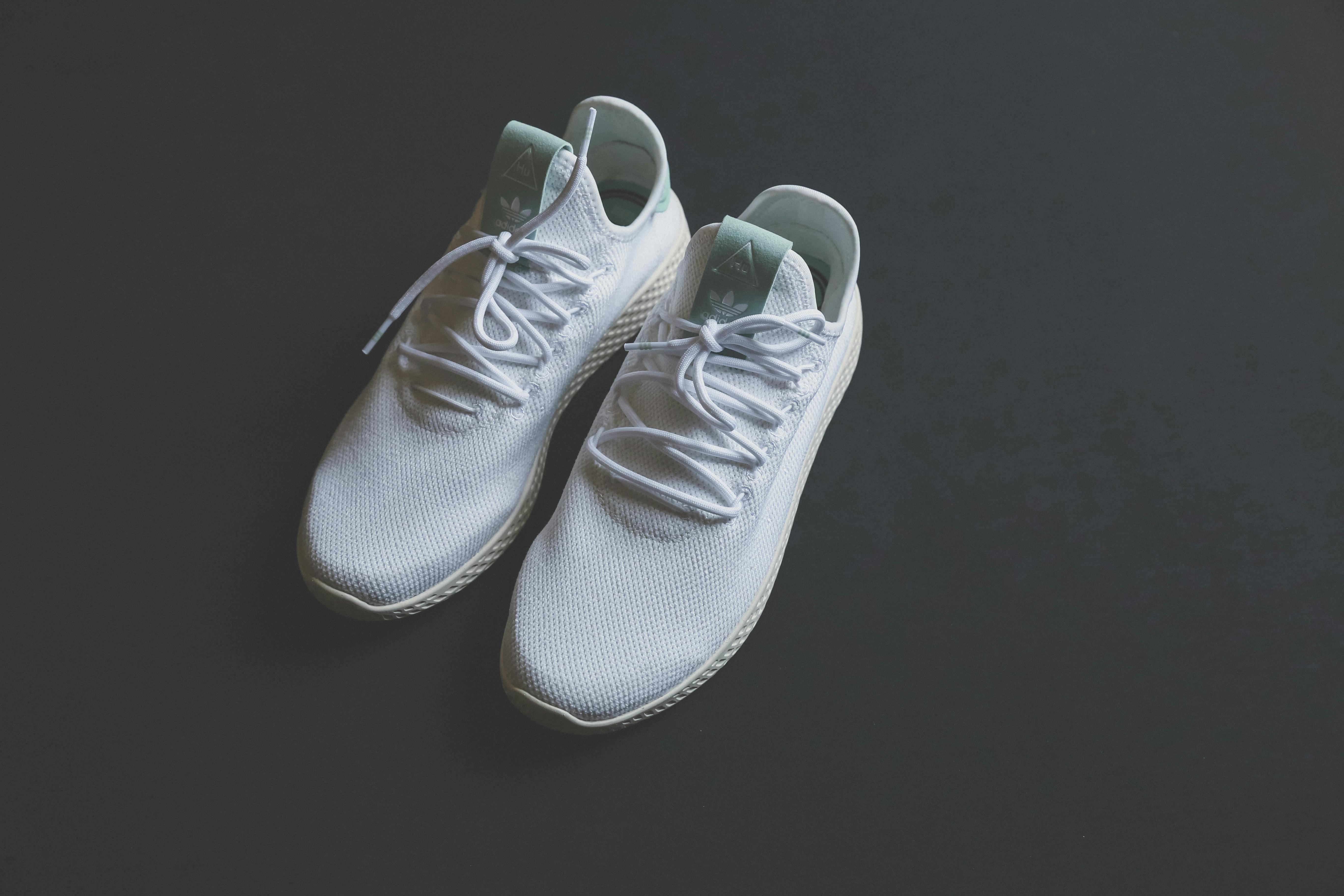Leggings: Uses, Styling, and Fit Guidance
Leggings are a form-fitting lower-body garment that have evolved from athletic wear into a versatile staple in many wardrobes. They are typically made from stretch fabrics such as spandex blends and are worn for exercise, layering, or everyday comfort. This article explains what leggings are, how they fit into clothing choices, ways to style them in fashion, their suitability for workout, and practical considerations for women choosing the right pair.

What are leggings?
Leggings are close-fitting garments that cover the legs and often the waist, made from stretchable materials like nylon, polyester, cotton blends, or elastane. Historically rooted in utilitarian and performance wear, modern leggings come in many lengths—full, ankle, capri—and in varied thicknesses and opacities. Their defining features are stretch and form-fitting construction, which provide freedom of movement and a smooth silhouette. Design elements can include high waists, pockets, compression panels, and varying waistbands.
Many people choose leggings for their comfort and adaptability. Fabric weight and weave affect breathability and modesty, which makes some leggings better suited for high-intensity activity and others more appropriate for casual layering under tunics, skirts, or long sweaters.
How leggings fit into everyday clothing
As a clothing item, leggings serve both functional and stylistic roles. They are often used as a base layer in colder weather or as a slim alternative to trousers in casual outfits. Because they hug the body, leggings pair well with longer tops—such as oversized shirts, long cardigans, or blouses—that balance proportions and provide coverage where desired.
Choosing leggings with appropriate fabric opacity and fit is important when integrating them into everyday looks. Thicker, less sheer fabrics work better for stand-alone wear, while thinner, lighter options can be layered under skirts or shorts. Consider seam placement and waistband design when matching leggings with belts, tops, and footwear to create cohesive outfits.
How to style leggings in fashion
In fashion contexts, leggings are used to create both relaxed and refined silhouettes. Popular styling approaches include pairing leggings with oversized knitwear and ankle boots for a casual weekend look, or combining high-waisted performance leggings with a fitted blazer and sneakers for a sporty-casual ensemble. Printed or textured leggings can serve as the focal point of an outfit, while solid, neutral tones act as a base layer.
Accessories and layering matter: longer tops help maintain a balanced silhouette, while structured outerwear can elevate the outfit. Shoe choices—sneakers, loafers, ankle boots, or flats—change the overall vibe. When selecting leggings for fashion purposes, pay attention to fabric finish and stitching to ensure a polished appearance rather than a purely athletic one.
Are leggings suitable for workout?
Leggings designed for exercise can offer features that support workouts, such as moisture-wicking fabrics, four-way stretch, flat seams to reduce chafing, and compression for muscle support. Performance leggings often include reinforced waistbands and pockets for small items, and come in lengths suited to different activities—shorter options for running, longer for yoga or studio classes.
Match the type of workout to the legging features: breathable, quick-drying materials are preferable for high-intensity cardio; thicker, non-transparent fabrics are useful for floor work and stretches. Fit is crucial—leggings should allow full range of motion without sliding down. Check manufacturer care guidelines, since proper washing and drying can preserve stretch and elasticity over time.
Considerations for women choosing leggings
Women selecting leggings should consider fit, fabric, opacity, and intended use. A high-rise waistband can provide support and coverage, while mid- or low-rise styles suit different comfort preferences. Fabric choices influence warmth, breathability, and durability—cotton blends are comfortable but may retain moisture, while synthetic blends tend to dry faster and offer better stretch recovery.
Sizing and body shape variations mean it can be helpful to try different brands and cuts. Look for reinforced crotch seams and closely inspect for transparency under light. Practical features such as gussets, zip pockets, and reinforced knees may be relevant depending on activities. Also consider ethical and environmental attributes if those factors matter: some manufacturers use recycled fibers or transparent supply chains.
Conclusion
Leggings are a versatile garment that bridge comfort, function, and style. Understanding fabric types, appropriate opacity for different settings, and specific design features helps you choose leggings that suit daily clothing needs, fashion preferences, or workout demands. Thoughtful selection based on fit and intended use will make leggings a practical and adaptable part of a wardrobe.






